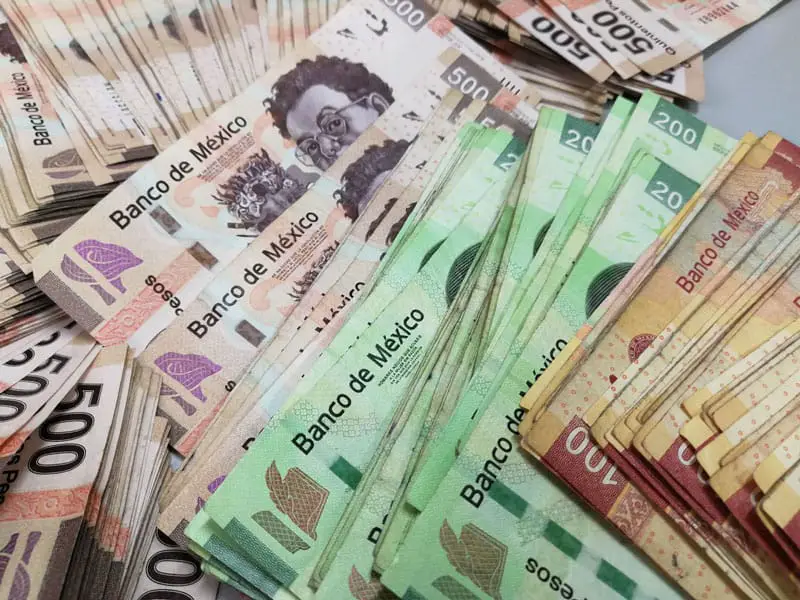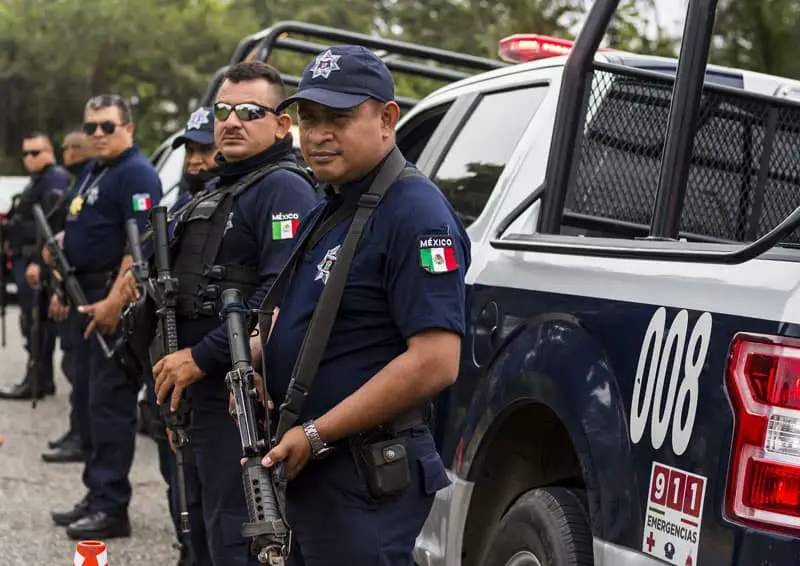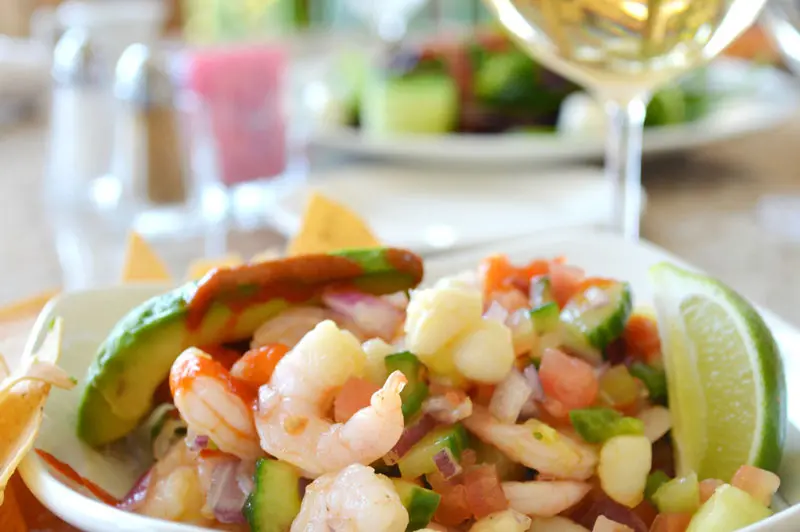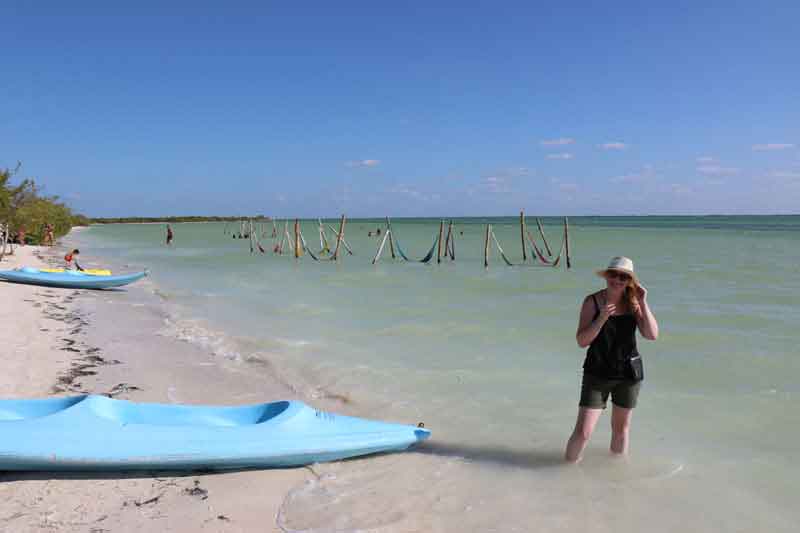Mexico, with its rich culture, stunning beaches, and ancient ruins, has long been a popular destination for travelers. However, concerns about safety often arise when planning a trip to this diverse country. In this comprehensive guide, we’ll explore the question “Is Mexico safe?” and provide you with up-to-date information to help you make an informed decision about your travel plans.
Understanding Mexico’s Safety Landscape

Before diving into specific regions, it’s crucial to understand the overall safety situation in Mexico. While the country has faced challenges related to drug cartel activity and violent crime in certain areas, many popular tourist destinations remain relatively safe.
Crime Statistics and Comparisons
To put things into perspective, let’s look at some recent crime statistics:
- In 2023, Mexico’s national homicide rate was approximately 25 per 100,000 inhabitants.
- However, rates vary significantly by region, with some tourist areas experiencing much lower crime rates.
- For comparison, the United States had a homicide rate of about 6.3 per 100,000 inhabitants in 2022.
It’s important to note that most violent crimes in Mexico are related to organized crime and drug trafficking, which typically don’t target tourists.

Safety in Popular Tourist Destinations
When considering a trip to Mexico, it’s essential to research specific regions rather than generalizing about the entire country. Let’s explore some popular tourist areas:

The Yucatan Peninsula: A Safer Haven
The Yucatan Peninsula, comprising the states of Yucatan, Quintana Roo, and Campeche, is generally considered one of the safest regions in Mexico.
Yucatan State
- Known for its low crime rates
- Home to the colonial city of Merida, often cited as one of the safest cities in Mexico
- Popular for its Mayan ruins, including Chichen Itza

Quintana Roo
- Home to popular destinations like Cancun, Playa del Carmen, and Tulum
- While crime rates are higher than in Yucatan state, they’re still lower than many other parts of Mexico
- Exercise increased caution, especially in urban areas and at night

Campeche
- Often overlooked by tourists but offers rich history and beautiful beaches
- Generally considered safe for travelers

Other Popular Tourist Areas
- Los Cabos: A resort town in Baja California Sur, generally safe for tourists
- Puerto Vallarta: A Pacific coast destination with a reputation for being LGBT-friendly and relatively safe
- Mexico City: The capital has seen improvements in safety in recent years, especially in tourist areas
Travel Safety Tips for Mexico
To ensure a safe and enjoyable trip to Mexico, consider the following tips:
1. Stay Informed
- Check your government’s travel advisories before and during your trip
- Keep up with local news and any safety alerts in your destination
Useful Official Website
- The UK’s foreign travel page
- Check out the travel advisory for the Yucatan peninsula before you visit:
2. Choose Your Destination Wisely

- Research crime rates and safety information for specific cities and regions
- Consider sticking to well-established tourist areas, especially for first-time visitors
3. Use Reputable Transportation

- Opt for official taxis or ride-sharing services
- If renting a car, stick to toll roads (cuotas) and avoid driving at night
4. Be Aware of Your Surroundings

- Stay vigilant, especially in crowded areas and tourist hotspots
- Keep valuables secure and out of sight
5. Respect Local Customs and Laws
- Familiarize yourself with local laws and customs to avoid unintentional offenses
- Be respectful of local communities and their traditions

Health and Safety Considerations
COVID-19 Precautions
As of 2025, Mexico has lifted most COVID-19 restrictions. However, it’s still wise to:
- Check current entry requirements before traveling
- Consider travel insurance that covers COVID-19-related issues
- Follow any local health guidelines or recommendations
Food and Water Safety
- Stick to bottled water and avoid tap water, even for brushing teeth
- Be cautious with street food, ensuring it’s prepared in hygienic conditions

Conclusion: Is Mexico Safe for Travelers?
While Mexico faces safety challenges in certain regions, many popular tourist destinations remain relatively safe for travelers who exercise caution and follow local advice. The Yucatan Peninsula, in particular, offers a blend of rich culture, stunning landscapes, and generally lower crime rates compared to other parts of the country.
By staying informed, choosing your destination wisely, and following basic safety precautions, you can greatly reduce your risks and enjoy all that Mexico has to offer. Remember, millions of tourists visit Mexico each year without incident, creating memories that last a lifetime.
Your Turn: Share Your Mexico Travel Experiences
Have you visited Mexico recently? We’d love to hear about your experiences and any safety tips you might have for fellow travelers. Share your thoughts in the comments below and join the conversation about traveling safely in Mexico!

